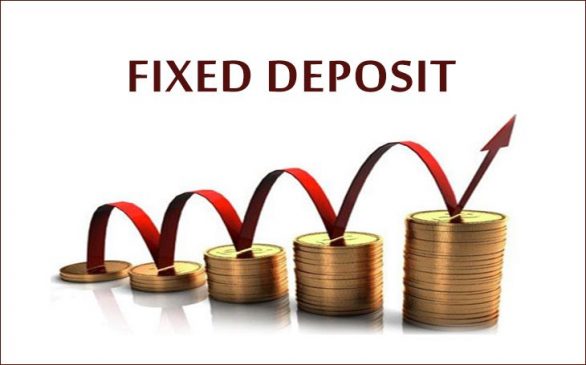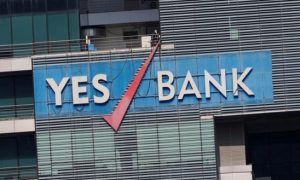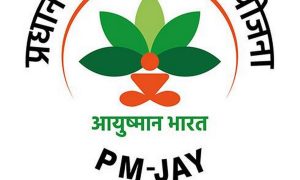FD laddering is the process of spreading your FD investment among several smaller FDs with various maturities.
Rates of interest are erratic. Additionally, savers anticipate rising rates while borrowers find them bothersome. The Reserve Bank of India is raising rates more frequently than regulators in many other nations. Four straight rate increases in less than six months have given fixed deposit interest rates a clear upward trend as well. While you might be tempted to book your FDs right now after hearing this, there is another item to consider. There is a good possibility that the RBI will keep increasing the repo rate.
Read More: PNB vs SBI vs Axis Bank vs BoB: Check interest rates, eligibility for education loan
Senior citizens, who rely more on interest income, are relieved by growing rates. The FD laddering strategy can be employed to further benefit from rising interest rates. What is the laddering strategy for fixed deposits?
FD laddering is the process of spreading your FD investment among several smaller FDs with various maturities. This helps you manage your liquidity needs more effectively and allows you to generate better profits in a rising-rate environment. To further comprehend this, let’s use a straightforward example. Suppose you have Rs 15,000 that you want to invest in FD. You can open three separate FDs with varying maturities.
So you can split 15,000 into 3 parts and open individual fixed deposits accounts with Rs 5000 each. Deposit them with different tenures say 12 months, 15 months, and 18 months. The tenure should be according to the interest rates offered by your bank. Say keeping money for 12 months may offer 6% of interest and then 6.25% for 15 months. Likewise, invest according to tenure and interest. Keep in mind certain unexpected circumstances, say medical bills or extra emi.
Read More: CPI Inflation Again Above 6%: Will RBI MPC Pause Repo Rate Hikes in April?
You could be interested in the bank’s 6.35 percent rate for a five-year FD if you’re looking for a long-term FD. However, as we anticipate an increase in interest rates over the next year or two, we choose FD laddering.
You receive recurring liquidity. It is preferable for managing liquidity to hold five Rs. 4 lakh FDs that mature one after the other than to hold a single Rs. 20 lakh FD.
You won’t have to prematurely withdraw from one sizable FD when you only require a modest sum of money. Instead, one little FD can be utilised while the remaining, unused ones are left alone.
Nobody can accurately forecast the rate cycles. Therefore, after your basic FD ladder is put up, you won’t need to predict when rates will rise or fall. Since separate FDs with various rates mature at various periods, you must average your interest rate.
When you build up an FD ladder, you get the best of both worlds: varying interest rates with regular liquidity opportunities.





































